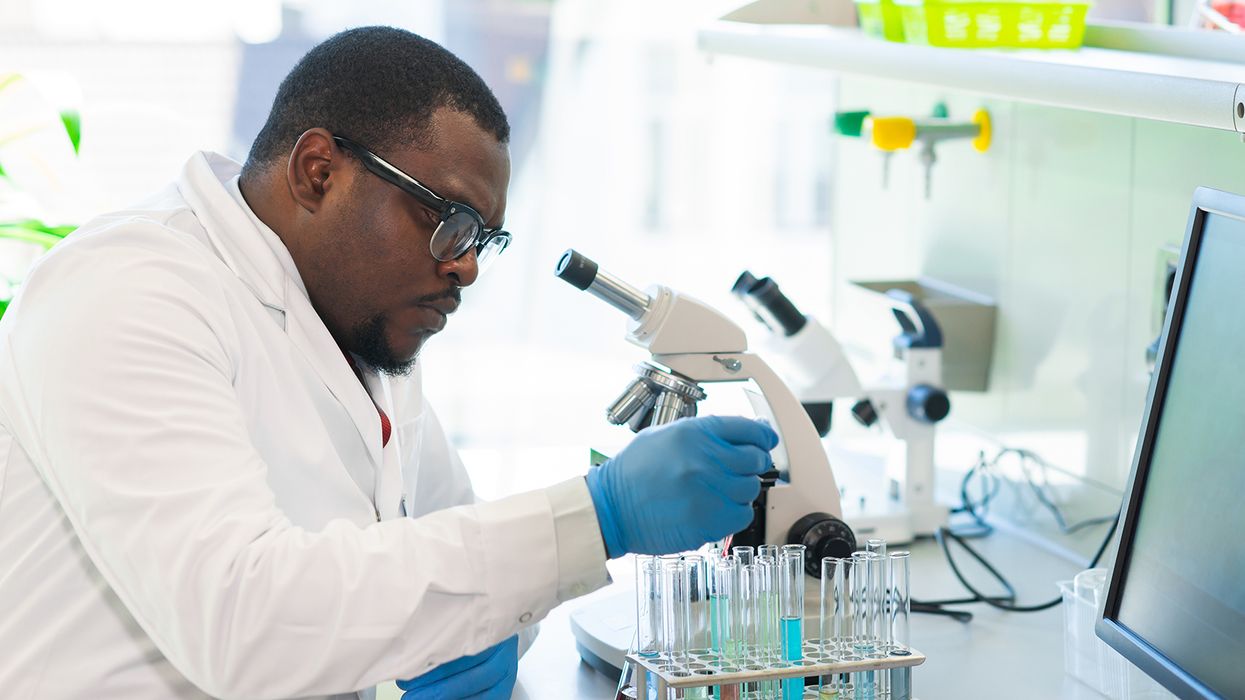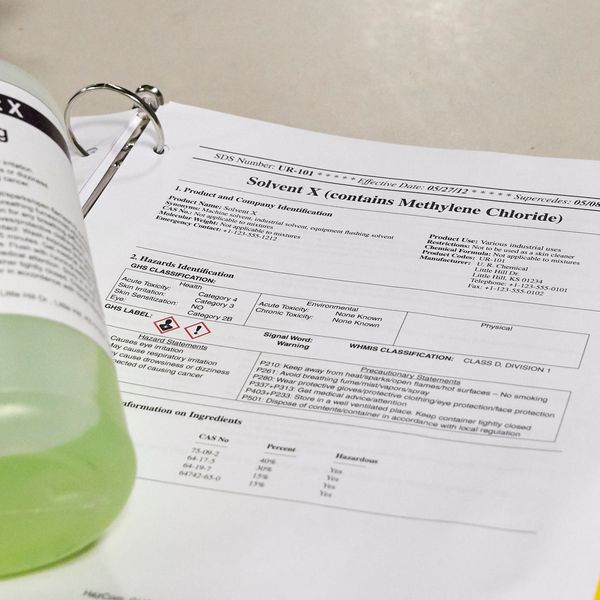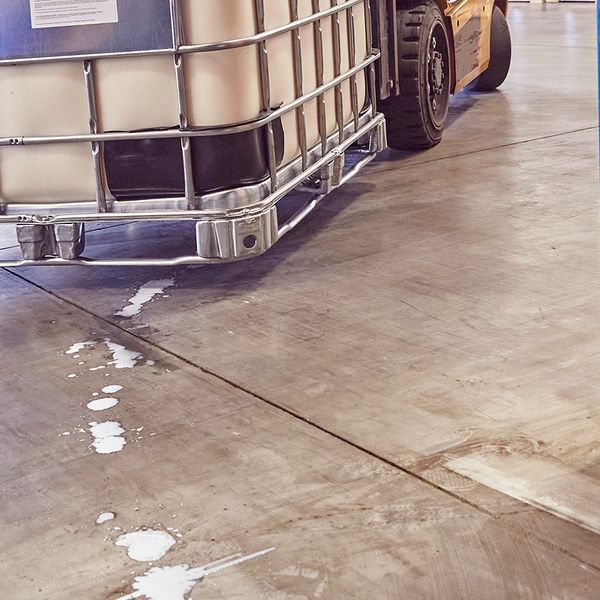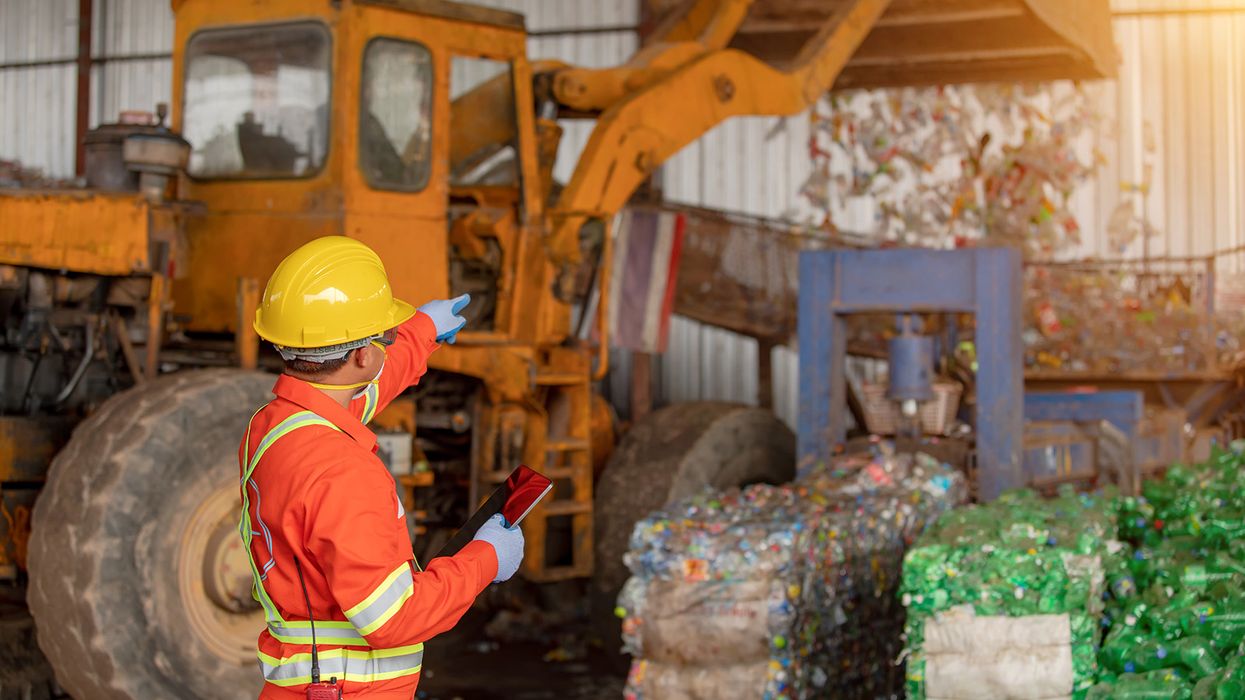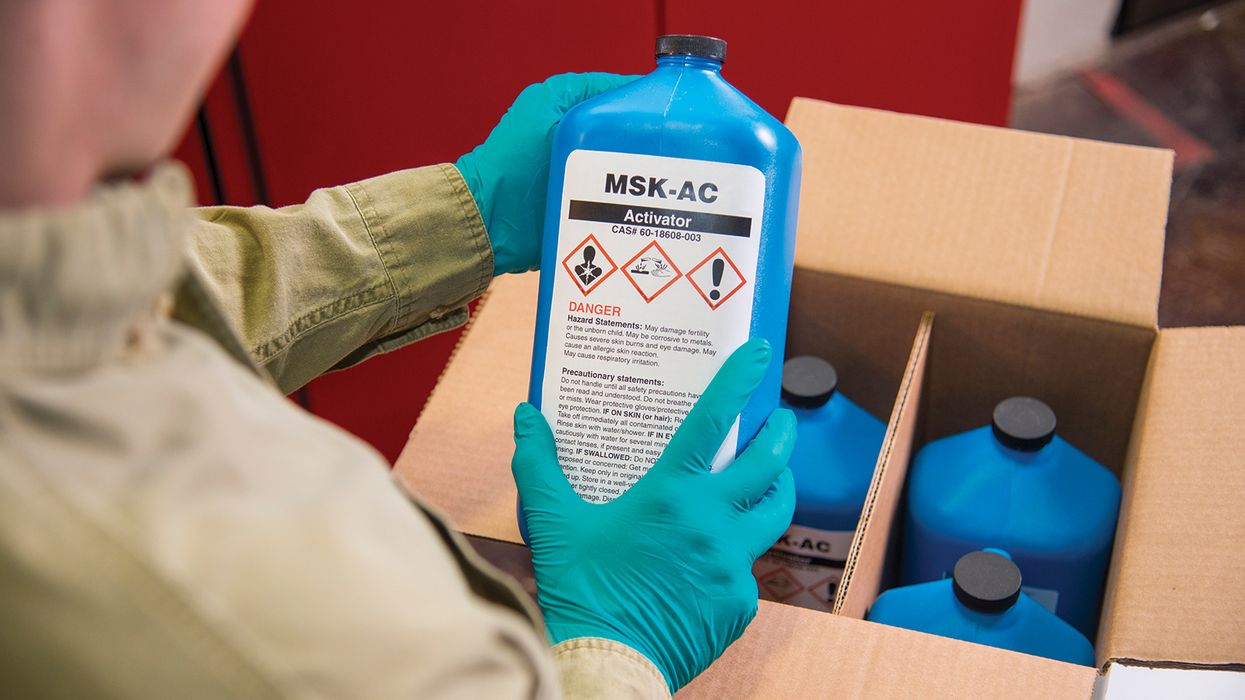Laboratories and HazCom: Who is covered?
If your facility has a laboratory for testing products or that handles quality control, it’s easy to assume you fall under OSHA’s Laboratory Standard at 1910.1450. However, this may not be the case. The Laboratory Standard only applies in certain circumstances; you may instead fall under the Hazard Communication (HazCom) Standard at 1910.1200.
How do you know?
OSHA says in a letter of interpretation that laboratories covered under the Laboratory Standard are those which use or handle hazardous chemicals in which all of the following conditions are met:
- Chemical manipulations are carried out on a “laboratory scale,”
- Multiple chemical procedures or chemicals are used,
- The procedures involved are not part of a production process, nor in any way simulate a production process, and
- Protective laboratory practices and equipment are available and in common use to minimize the potential for employee exposure to hazardous chemicals.
Making the determination
Hazardous chemical, laboratory scale, protective laboratory practices and equipment … To help you make sense of the conditions outlined above and determine which standard is applicable to your laboratory, let’s take a closer look at some terms as they’re defined in the Laboratory Standard at 1910.1450(b).
Hazardous chemical means any chemical which is classified as a health hazard or simple asphyxiant in accordance with the Hazard Communication Standard (1910.1200).
Health hazard means a chemical that’s classified as posing one of the following hazardous effects:
- Acute toxicity (any route of exposure)
- Skin corrosion or irritation
- Serious eye damage or eye irritation
- Respiratory or skin sensitization (i.e., a substance that when inhaled or makes skin contact triggers an allergic reaction)
- Germ cell mutagenicity (i.e., mutates human germ cells that then can be transmitted to offspring)
- Carcinogenicity (i.e., potential to cause cancer)
- Reproductive toxicity (i.e., adversely affects adult fertility and offspring development)
- Specific target organ toxicity (single or repeated exposure)
- Aspiration hazard
The criteria for determining whether a chemical is classified as a health hazard are detailed in Appendix A of the Hazard Communication Standard (1910.1200) and 1910.1200(c) (definition of “simple asphyxiant”).
Laboratory means a facility where the “laboratory use of hazardous chemicals” occurs. It’s a workplace where relatively small quantities of hazardous chemicals are used on a non-production basis.
Laboratory scale means work with substances in which the containers used for reactions, transfers, and other handling of substances are designed to be easily and safely manipulated by one person. “Laboratory scale” excludes those workplaces whose function is to produce commercial quantities of materials.
Laboratory use of hazardous chemicals means handling or use of such chemicals in which all of the following conditions are met:
(i) Chemical manipulations are carried out on a “laboratory scale;”
(ii) Multiple chemical procedures or chemicals are used;
(iii) The procedures involved are not part of a production process, nor in any way simulate a production process; and
(iv) “Protective laboratory practices and equipment” are available and in common use to minimize the potential for employee exposure to hazardous chemicals.
Protective laboratory practices and equipment means those laboratory procedures, practices and equipment accepted by laboratory health and safety experts as effective, or that the employer can show to be effective, in minimizing the potential for employee exposure to hazardous chemicals.
Other exclusions apply
The Laboratory Standard does not apply to laboratory use of hazardous chemicals which provide no potential for employee exposure. Examples include the use of test media such as “dip and read” tests or commercially prepared pregnancy tests.
Laboratories considered quality control/quality assurance laboratories are classified as adjuncts of production operations and are not covered under the Laboratory Standard but are covered under the HazCom Standard.
If you’re covered under the Laboratory Standard, the requirements of the HazCom Standard are superseded, and the Laboratory Standard takes precedence.
Key to remember
Employers don’t necessarily fall under the Laboratory Standard if they have a laboratory in their facility. OSHA’s “laboratory use of hazardous chemicals” definition can help you determine which standard is applicable to your workplace: 1910.1200 or 1910.1450.

